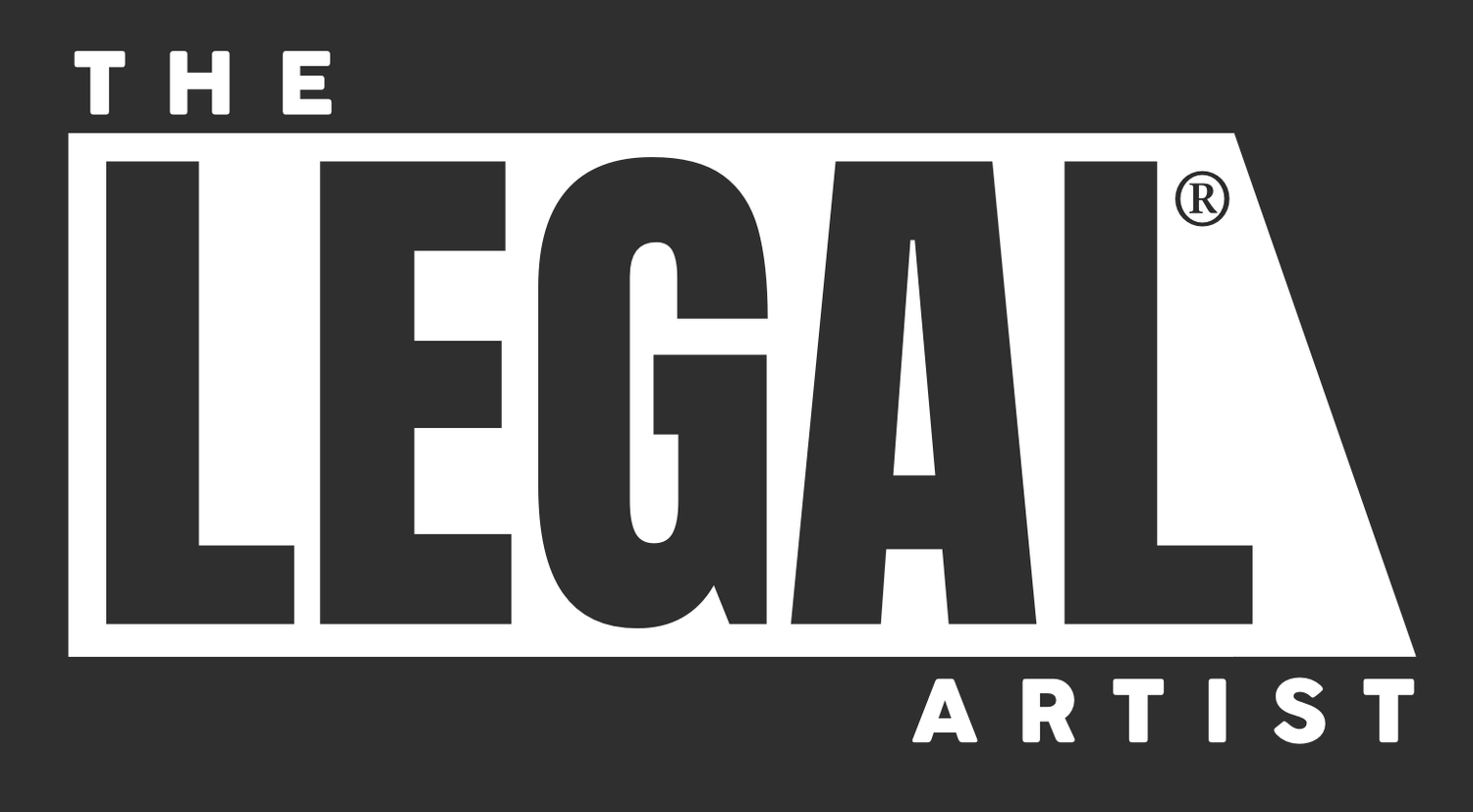Whenever a prospective client tells me they want to use a pre-existing work of art but they couldn't find the artist to ask permission, my first question is, "how hard did you look?" Their responses tells me a lot about them. Is this someone who is genuinely trying but stumped? Or is this a person who isn't interested in doing some hard work? If you've spent any time reading this blog, you know I'm big on getting permission before using someone else's work. First, it's legally much safer for you than relying on fair use. Second, it's just good karma. This is one arena where I'm not an adherent of Grace Hopper's immortal quip, "It is better to beg forgiveness than to ask permission."
You don't want to get sued for copyright infringement, which is why you should always ask permission before using someone else's work. And a cursory effort isn't going to cut it. No, you need to make a "good faith effort." In the law, we generally define that as what a reasonable person would determine is a diligent effort to produce a desired result. In other words, you need to do more than a quick Google search before calling it quits. It's tempting to think that because access to the internet is so ubiquitous, everyone must be online and instantly reachable. Unfortunately that's just not the case. Sometimes artists are hard to find, which means you gotta do some real sleuthing.
So what does a good faith effort look like in the real world?
1. You have to determine if the rights are still owned by anyone. Generally speaking, art made prior to 1923 is in the public domain and therefore owned by no one. But even if you suspect that's the case, do the research anyway. You don't want to be sued by the estate of a long-dead jazz musician just because you assumed his work was up for grabs.
This chart is a useful tool to get your mind oriented around the issue. You should also use as many research tools as you (and your wallet) feel comfortable with. Google is a good place to start but not the be-all/end-all. There are private copyright search companies you can hire. You can hire a lawyer. You can also do a search through the Copyright Office database (as well as the Writer's Guild if the work is written) to track down ownership over a specific piece of work.
I should note that these tools will only help you determine if a work of art has been registered or published. Any work that hasn't been will require some more creative investigating on your part, I'm afraid.
2. You have to get in touch with the owner. This is where things usually fall apart for many of the people who contact me. Unfortunately there's no guaranteed way to find someone, especially if they don't want to be found. Certainly, you can start with the tools I mentioned above, and if the work is registered somewhere, there's usually some contact information associated with it. But ultimately, you may just have to call around.
I once had a client try to get in touch with a reclusive painter who had virtually no online presence. But through an exhaustive Google search, the client found a gallery in New Mexico that was selling some of that artist's paintings and with a little prodding, got the gallery to put her in touch with the painter.
Sometimes artists have managers or agents and you have to make contact through them instead. Go online and see if you can drum up client lists for some of those agencies. Maybe some of the rights to the work have been sold or licensed to a third party. Contact them and see if they can put you in touch. Maybe the artist is giving a lecture at a local university. Go to the lecture and try to meet him or her in person.
There's a fine line obviously between stalking and diligence and I strongly recommend you hew towards the latter. I don't recommend going to the Whitepages and soliciting them at home since that's pretty creepy and they probably won't respond well to it. But a communiqué sent through appropriate professional channels is okay.
As you can see, there are a lot of options open to you. You might have to get creative, and periodically do a gutcheck to see if what you're doing violates social norms, but these are all strategies you should consider before giving up.
3. Lastly, when you do get in touch, be nice, be friendly, but be direct with your ask. Don't waste their time and don't overstay your welcome. Get what you want, IN WRITING, pay for it, and get to work. There's no guarantee they'll cooperate, but if you act like an entitled brat, that's a surefire way to guarantee they won't.
Ultimately you may not find the artist, or you may find them and get no response. At that point, proceeding with their work becomes a question of risk. Did you make enough of an effort? Does fair use apply to the way you want to use the work? Before you make a judgment call on either of those questions, talk to a lawyer first. Making a good faith effort to find the artist and ask permission can sometimes be hard work, but from my seat it's critical to keeping your karma good and your ass out of court.











